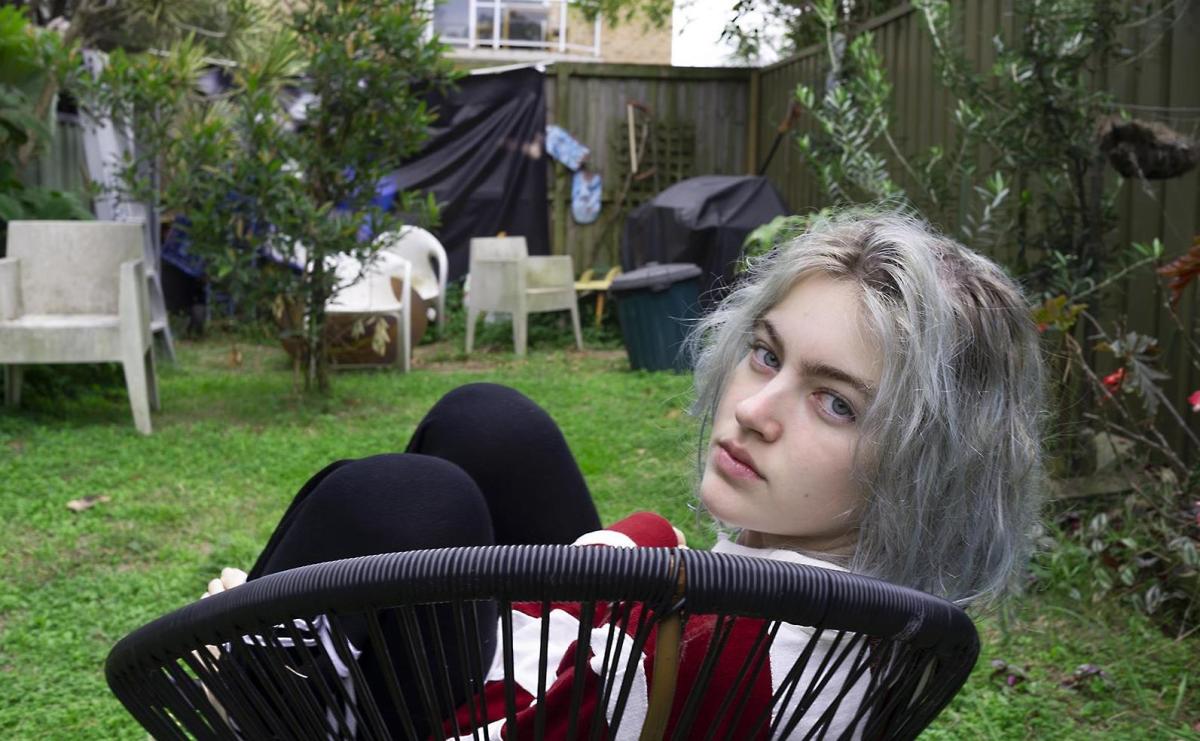When COVID-19 upended normality, artists found themselves caught between economic constraints and the creative need to reflect on a once-in-a-lifetime moment. This was both a challenge and an opportunity for arts funders. One funder, in particular, was well placed to act decisively.
Local Government has become an increasingly important player in the national arts economy, increasing its collective contribution by 11% in the ten years to 2018, while Federal funding went backwards (according to The Big Picture: Public Expenditure on Artistic, Cultural and Creative Activity in Australia). When COVID-19 struck, local governments, with their small community-focused arts units, were in a position to act swiftly, injecting additional supports into the sector, even as their own venues and programs closed to audiences.
At Nillumbik Shire, on, and sprawling beyond, Melbourne’s northeast fringe, this response took the form of three rapid response projects; a month-long live stream program, a public text installation across multiple sites and an ambitious commissioning program providing visual artists, both locally and nationally, with funds to complete new work in direct response to the pandemic. Those commissions will be unveiled in the exhibition, Art in the Time of COVID-19, at Montsalvat’s Barn Gallery from 5 February to 5 April.
As Melbourne emerges slowly from its extended lockdown, and cultural audiences return, the exhibition’s reflective moment is well-timed. What’s clear in these collective responses is how completely COVID-19 caused personal and local experiences to have global resonance. The pandemic created local variations of shared experiences on a truly global scale. COVID-19, and the need to manage it, influenced individuals in every corner of every continent.
Unsurprisingly isolation and the body are recurring themes in this exhibition, with artists exploring the personal within the universal. In this context the body is often the retreat for sensual experience. It becomes a refuge in which self-protection replaces the supports, withdrawn to prevent the virus’s spread, of family, friendship, love and community. As if to emphasise the struggle between personal and communal, occasionally, such as in Peter Wegner’s portrait series created over Skype, intimacy – made difficult by the public health response – finds a way.

Where the visual vernacular of COVID-19 is incorporated it is through repetition. Jennifer Dellaportas folds masks from toilet paper sheets. Liz Walker’s hand-sewn masks use the fabrics of work- and office-wear, made redundant by either work-from-home or unemployment. Michelle Hamer takes ubiquitous public health messaging and reflects it back on its audience in a series of diminutive text works.
This exhibition was conceived at a time when galleries had closed their doors and futures were uncertain. Through the commissioning of these thirty-six works, artists were provided with the financial and creative certainty needed to fulfil the ambition of their creative response to COVID-19. It’s a glib reality that good – even great – art often emerges in response to difficult times. If it emerges at the expense of the well-being of the artists that produce it then its value is diminished. The model pursued in this exhibition, and repeated in other examples of funding ‘pivots’, often at a local level, is less rooted in the romanticisation of creative practice. It values art and artist equally.
The payback for local support for arts comes at the conclusion of projects such as Art in the Time of COVID-19. For audiences, the artworks in this exhibition provide tools for the consideration of this most troubling of historical moments. The works act as alternative lenses onto the shared and the personal of the pandemic. In so doing they have a capacity to contribute to wellbeing in a community-wide sense.
Local arts support functions in multiple ways as a bolster to community well-being. Direct support for the arts community, which in a region such as Nillumbik is regarded as reflective of local aspirations, is highly valued. At the same time the bi-products of increased arts support – whether live music or performance, literature or, as in this case, visual artworks – do what art has always done: allowing the complexities and challenges of human existence to be better understood. If that seems like a win-win for local communities, it’s because it is.
Pre-purchasing tickets for Art in the Time of COVID-19 is recommended.





